Local artist Anika Schneider is preparing for the opening of her new multimedia exhibition “Chinese-ish,” which showcases Chinese imagery through monoprint etchings, ceramics and paintings. The works translate the visual influences she grew up with into her own story, which Schneider uses as a way to connect with her culture.
A&E sat down with Schneider to talk about work that went into this exhibition, delving into love, loss and memories.
When did you start making art?
I think I have been making art in some form my whole life. I was not seriously interested in pursuing a life in the arts until my undergraduate studies. Until taking undergraduate art courses, I don’t think I really understood what being a contemporary artist meant. My art became focused on family and memory during my time in graduate school. I started graduate school soon after my grandmother passed away. I began making figurative paintings that explore her dying process and that series of paintings naturally transitioned into work that delved into greater themes of both family and memory.
Do you have a specific piece of art in the exhibition that is the most important to you?
Honestly, I think kind of the whole thing [is important] because I think that as an artist I’m really like a narrative artist. I’m always also trying to tell stories and experiences with my work. So even though I have specific pieces, I’m really thinking about the show all together as a whole, and how all the pieces are going to resonate together and then resonate with the audience. So, in some ways it’s also kind of like the whole show is kind of one installation or one piece.
Where does the name “Chinese-ish” come from?
I was working on something, like, a year or two ago which was completely separate from this project, and the name was kind of bouncing around my head. My family, being an immigrant family, we change the way we use [Chinese]. We primarily speak English at home, but we’ll throw in some Chinese words sometimes too. I was writing my artist statement and then “Chinese-ish” kind of popped back into my head and I put it at the top of my artist’s statement with a question mark. Then my friend was like, “Wait, was Chinese-ish an idea for a title?” She told me, “I really like that,” and I just didn’t know if it fit this work. I think it does, but for some reason, I was stuck on the fact at first that I didn’t know if it sounded too edgy for my work.
How do you feel your art connects you to your Chinese heritage?
I think the processes I am using in my art now help me to think about and understand my Chinese heritage in new ways. Since I am a mixed-race Chinese American, being Chinese at once feels very integral to who I am, but also very foreign. Print-making has become incredibly important to my new work because the process itself creates metaphors that I use to connect to and understand my heritage. With my print-making, the print itself is a translation of the original, always with unexpected variances, that both change the meaning and create new meaning. I also build layers on my prints and reuse my “ghost prints” as the ground for other prints. Through this process, I am connecting to my heritage by creating a personal translation of it which allows for a renewed understanding of how my Chinese heritage shapes me. These methods of making that involve translation and layering provide me with visual metaphors that I use to re-understand my relationship with my Chinese heritage.
What: “Chinese-ish” Multimedia Exhibition
When: March 27 – May 9, 2021
Where: Soo Visual Arts Center
Cost: Free
Ages: All Ages
This interview has been lightly edited for style and clarity.
Correction: A previous subheadline of this article misspelled Anika Schneider’s name. The subheadline has since been corrected.


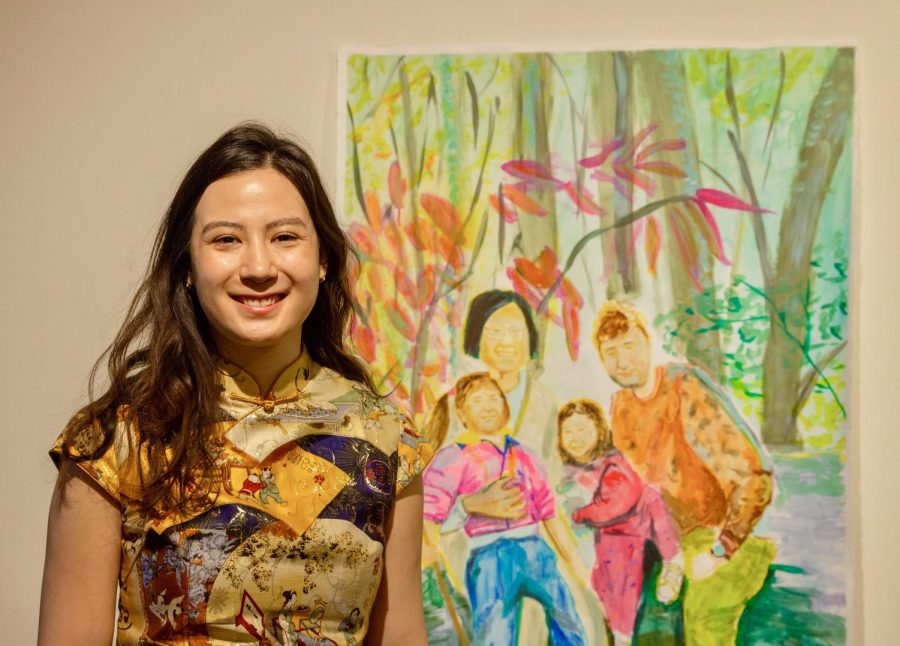


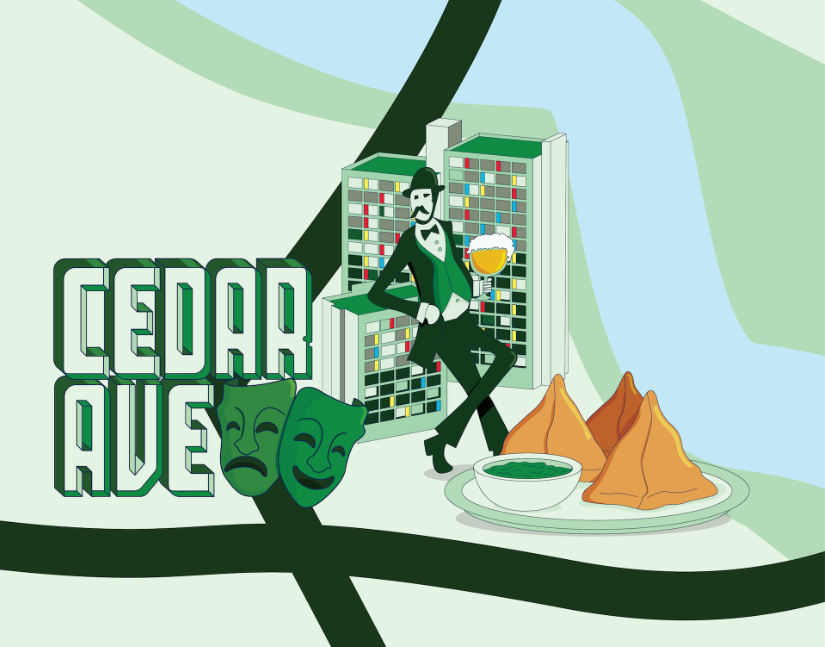

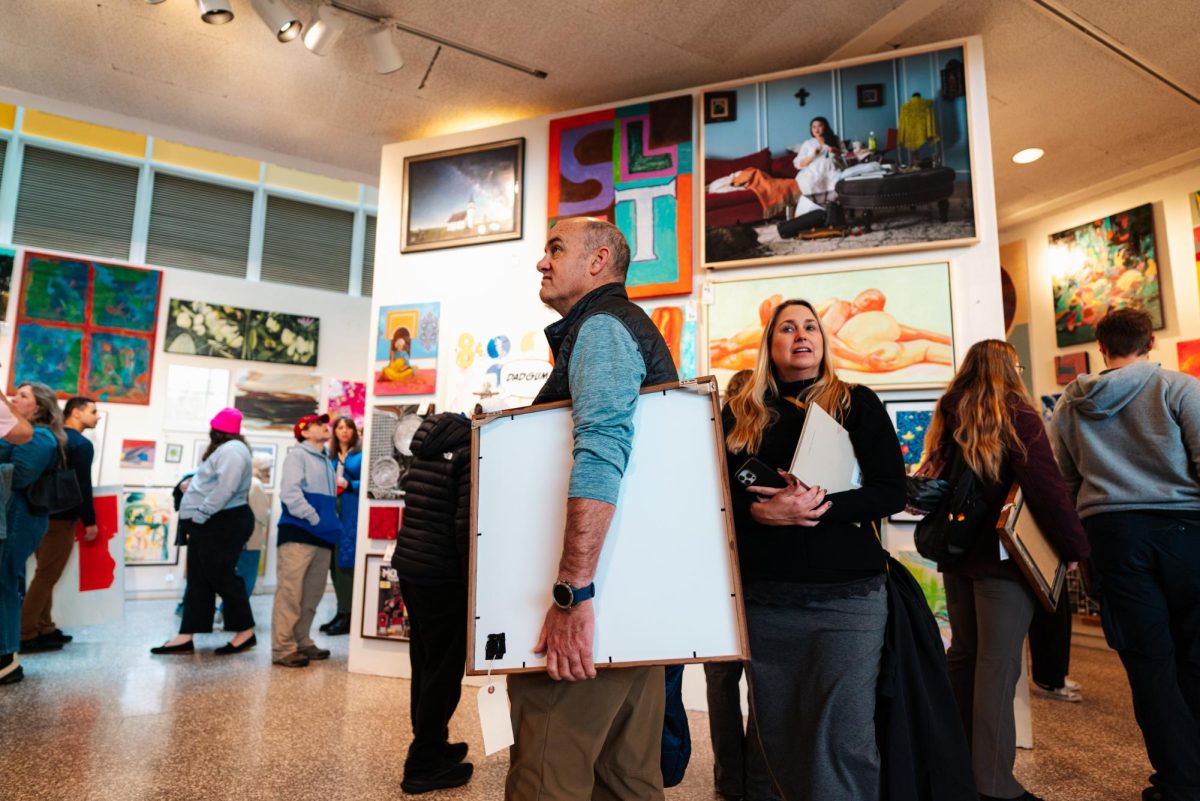
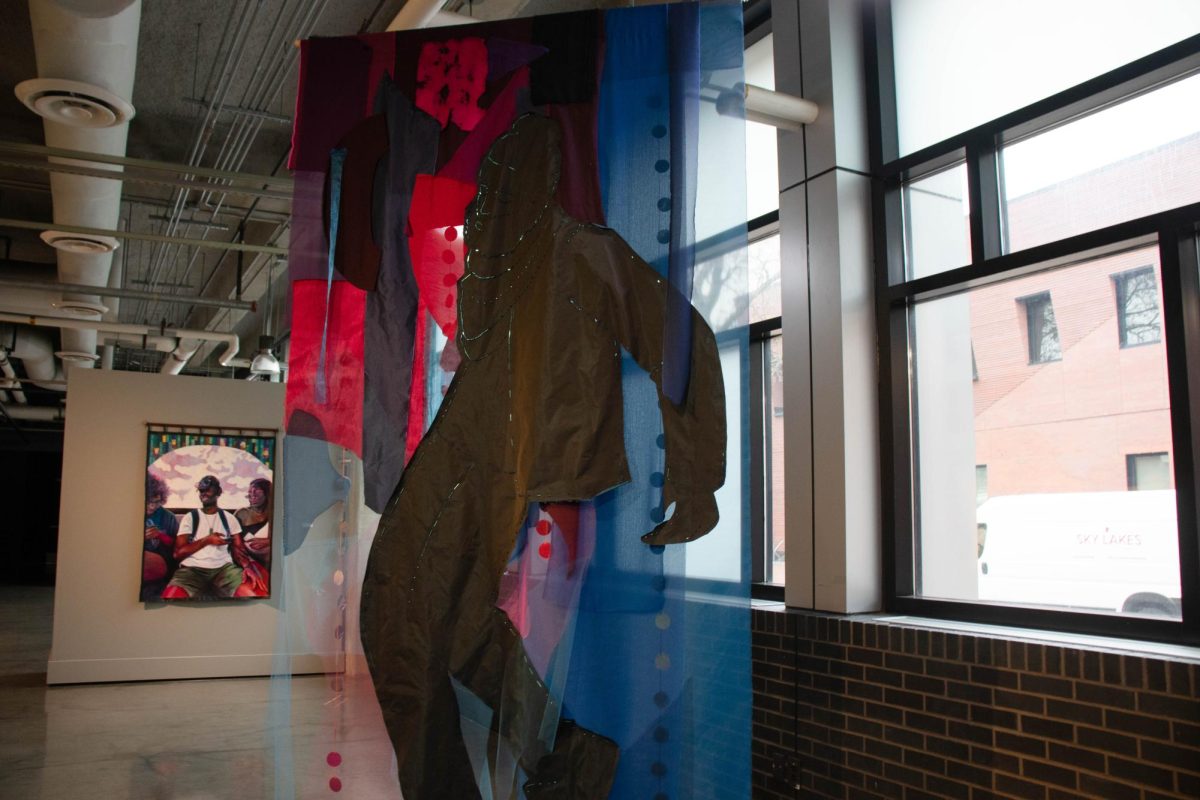
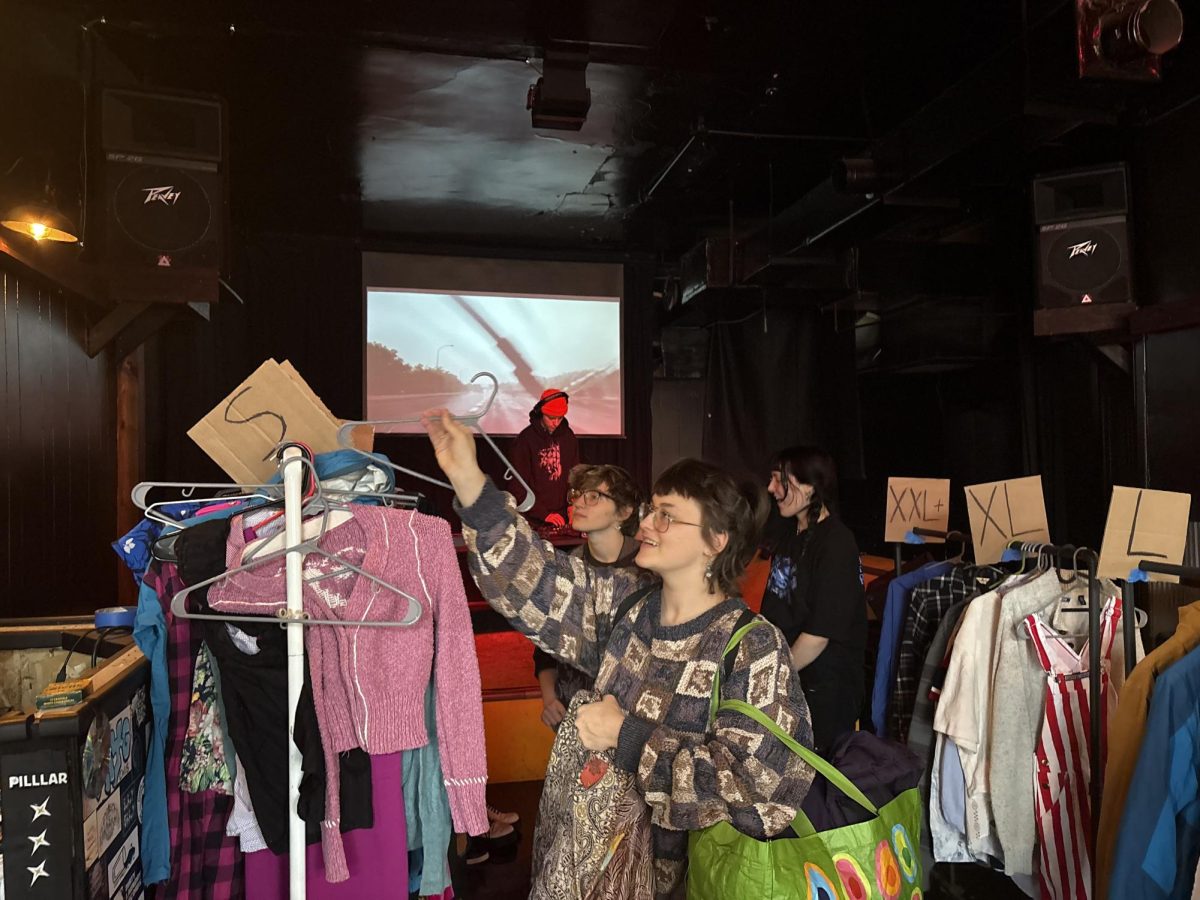





disqus_9GNootnr6r
Mar 23, 2021 at 9:42 am
The artists’ first name is misspelled in the subtitle “Minneapolis College of Art and Design alum Annika Schneider is re-understanding her Chinese heritage through a new exhibition, “Chinese-ish,” running March 27 through May 9 at the Soo Visual Arts Center.” It should be “Anika” with only one “n”. Very unprofessional. Super disappointing. Especially amidst the discussion of Asian Americans names often being mispronounced, misspelled, and not respected or taken seriously.